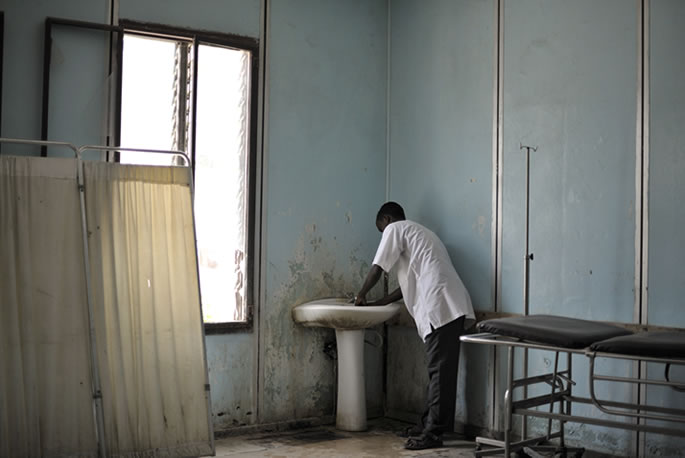
UN Photo/Skinder Debeb
More than in other sectors, the impact of corruption is as direct and vital as it gets, affecting the physical well-being of the victims. It is no exaggeration to say that in many cases, using a corrupt alternative is “a matter of life and death.”
In a field study interview (Hussmann/Fink 2013), an expert told a story about a local team member who had to rush his daughter to the hospital. Even though her condition was extremely serious (she ended up dying in the hospital), she was not attended to by a physician until her father paid a bribe. There are many similar stories. The under-provision of healthcare due to corruption negatively impacts health outcomes on a large scale. This will be discussed in more detail in Lesson 2.

UN Photo/Tobin Jones
Second, its basic parameters make the sector particularly vulnerable to corruption.
2.1. High priority and budget providing:
Providing citizens with equitable access to healthcare constitutes a high priority goal for any government. The spending required to build and maintain an infrastructure to provide this service means that health-related expenditures constitute a significant share of the public budget. The World Health Organization (WHO) estimates the total global expenditure for health in 2010 were USD 6.5 trillion (WHO 2012), up from 2006 (TI 2006: 4), when spending was estimated at USD 3.1 trillion. Naturally, large budgets are more prone to corruption, as they attract particular attention.